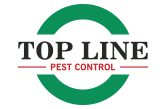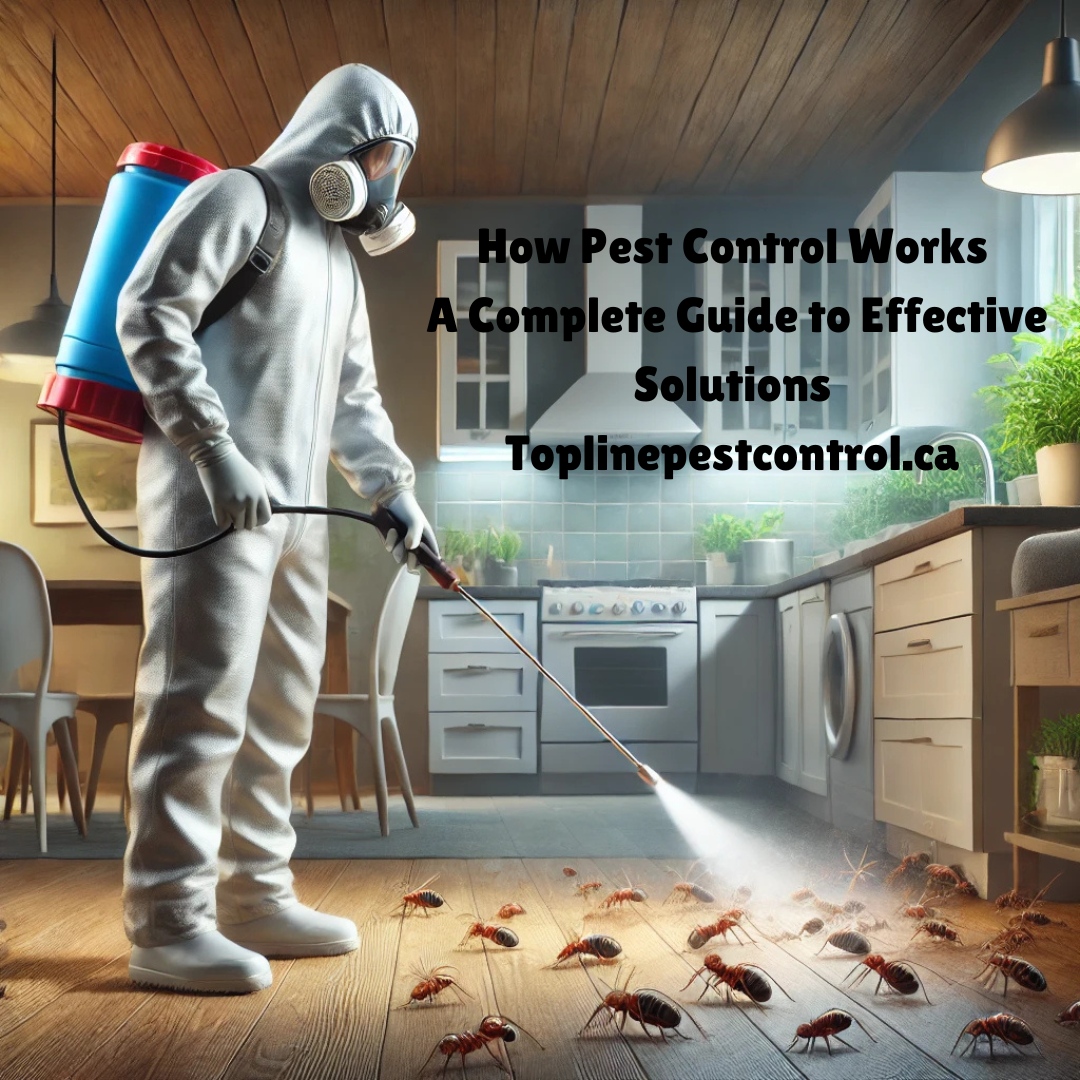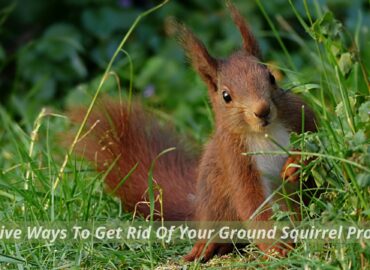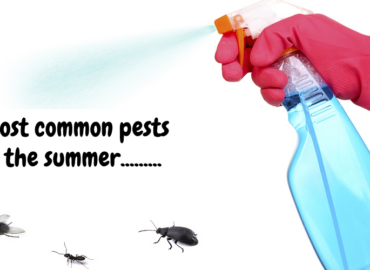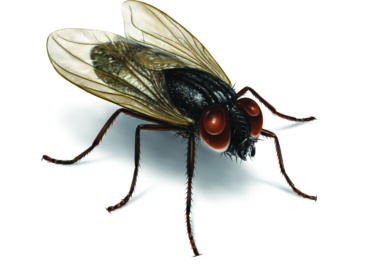Pest control is an essential part of keeping your home, business, or farm safe and clean. Whether you’re dealing with ants in the kitchen, rodents in the attic, or termites damaging your walls, understanding how pest control works is the first step toward finding a solution.
In this guide, we’ll explore the different types of pest control methods, why they are important, and how you can choose the best option for your needs.
If you’re dealing with pests, there’s no need to panic. From chemical treatments to eco-friendly solutions, pest control offers a variety of options to keep your living spaces safe. Let’s dive into how pest control works and why it’s crucial for maintaining a healthy environment.
How Pest Control Works – Overview Table
| Pest Control Method | Description | Pros & Cons |
| Chemical Pest Control | Uses pesticides (e.g., insecticides, rodenticides) to eliminate pests. | Pros: Fast-acting, highly effective. Cons: Can be harmful to humans, pets, and the environment. |
| Biological Pest Control | Uses natural predators (like ladybugs for aphids) or pathogens (e.g., bacteria) to control pests. | Pros: Eco-friendly, sustainable. Cons: May not be effective for all pests or environments. |
| Mechanical Pest Control | Involves physical methods such as traps (e.g., snap traps, live traps) or exclusion methods (e.g., sealing cracks). | Pros: Non-toxic, safe for humans and pets. Cons: Time-consuming, may not eliminate large infestations. |
| Cultural Pest Control | Modifies the environment to make it less favorable for pests, such as cleaning or removing food sources. | Pros: Sustainable, cost-effective. Cons: Requires continuous maintenance. |
| Integrated Pest Management (IPM) | Combines chemical, biological, and mechanical methods to provide a comprehensive pest control strategy. | Pros: Long-term solution, reduces chemical use. Cons: Requires monitoring and careful planning. |
What Is Pest Control?
Pest control is the process of managing or eliminating pests that can be harmful to human health, crops, or property. Pests like insects, rodents, and even larger animals can cause a range of problems, from spreading diseases to damaging structures. The goal of pest control is not only to get rid of these pests but also to prevent future infestations.
Why Is Pest Control Important?
- Health Risks: Pests like rodents and insects can spread diseases such as salmonella, asthma, and Lyme disease. Some pests, like mosquitoes, are known carriers of harmful viruses.
- Property Damage: Termites, rodents, and other pests can cause extensive damage to your home or business by eating away at wood, wiring, and insulation.
- Psychological Impact: The presence of pests can cause stress, anxiety, and embarrassment, especially in your living spaces or business settings.
How Pest Control Works: Different Methods of Pest Control
There are various methods used in pest control, each tailored to different types of pests and environments. Below, we’ll break down some of the most common approaches:
1. Chemical Pest Control
One of the most traditional methods, chemical pest control uses pesticides to eliminate or control pests. These chemicals can be applied as sprays, powders, or baits. While effective, it’s essential to follow safety instructions carefully to minimize health risks and environmental impact.
- Types of Chemicals Used:
- Insecticides: Used for killing insects like ants, roaches, and mosquitoes.
- Rodenticides: Used to control rodents like mice and rats.
- Fungicides and Herbicides: Used to control plant-related pests like fungi and weeds.
Pros: Chemical methods are fast and effective, especially for severe infestations.
Cons: Overuse of chemicals can lead to environmental harm and pose risks to human health. Always consider eco-friendly alternatives.
2. Biological Pest Control
Biological pest control involves using natural predators, parasites, or pathogens to control pest populations. For example, releasing ladybugs to control aphids in gardens or introducing a specific fungus to kill termites. This approach is often used in agricultural and environmentally conscious pest management.
- Examples of Biological Control:
- Natural Predators: Introducing animals like birds, insects, or fish that eat pests.
- Parasites: Releasing parasitic insects that feed on pests.
- Microorganisms: Introducing bacteria or fungi that can harm pests but are safe for humans and pets.
Pros: Environmentally friendly and sustainable.
Cons: May not be effective for all types of pests or in all environments.
3. Mechanical Pest Control
This method involves physically removing pests or preventing them from entering a space. Common mechanical methods include setting traps or installing barriers.
- Examples of Mechanical Control:
- Traps: Snap traps, glue traps, or live traps for rodents and insects.
- Exclusion: Sealing cracks and gaps in walls, doors, and windows to prevent pests from entering.
Pros: Non-toxic and safe for people and pets.
Cons: Can be time-consuming and may not eliminate large infestations.
4. Cultural Pest Control
Cultural pest control focuses on modifying the environment to make it less hospitable for pests. This includes practices like removing food sources, cleaning up trash, and maintaining your yard to reduce pests.
- Examples of Cultural Control:
- Sanitation: Keeping your home or business clean to prevent attracting pests.
- Habitat Modification: Changing the environment to make it less favorable for pests, like reducing excess moisture or controlling plant growth.
Pros: Sustainable and cost-effective in the long term.
Cons: May require ongoing maintenance and vigilance.
5. Integrated Pest Management (IPM)
IPM is an approach that combines several pest control methods to achieve the best results while minimizing risks to people, pets, and the environment. This includes monitoring pest populations, identifying the pest, and applying the appropriate control methods at the right time.
Pros: Highly effective, long-term solution.
Cons: Requires ongoing monitoring and may be more complex.
How Pest Control Works in Different Environments
Residential Pest Control
In homes, pest control is often a mix of DIY methods and professional services. For minor infestations, homeowners can use home remedies or store-bought products. However, larger or recurring infestations may require professional pest control services.
ToplinePestControl.ca offers comprehensive pest control services for homeowners, including safe and effective treatments for ants, bedbugs, rodents, termites, and more.
Tips for Homeowners:
- Seal cracks and gaps in doors and windows to keep pests out.
- Regularly dispose of trash and food scraps to avoid attracting pests.
- Maintain a clean environment, especially in the kitchen and bathroom.
Commercial Pest Control
Businesses, especially restaurants, warehouses, and offices, need to comply with strict health codes and safety regulations. Pest control is essential in these environments to ensure the safety of employees, customers, and inventory.
Topline Pest Control also specializes in commercial pest control, offering tailored solutions for businesses to prevent and control pests effectively.
Agricultural Pest Control
For farmers, pest control is crucial to protect crops from insects, rodents, and diseases. Organic and conventional methods are both used depending on the farming approach.
Pros: Helps prevent crop loss and ensures a healthy harvest.
Cons: Can be costly and labor-intensive, especially for organic methods.
How to Choose the Right Pest Control Solution
When choosing a pest control method, consider these factors:
- Type of Pest: Different pests require different approaches.
- Severity of Infestation: Small issues can often be managed with DIY methods, while larger infestations may require professional help.
- Environmental Considerations: If you prefer eco-friendly options, look for non-toxic or biological methods.
- Cost: Professional pest control can be more expensive, but it may be necessary for severe infestations.
Prevention and Ongoing Maintenance
Once you’ve dealt with the initial pest issue, ongoing prevention is key. Regular inspections, cleaning, and monitoring systems can help prevent future infestations. For homeowners and businesses, having a regular pest control plan in place can save time and money in the long run.
Conclusion
Understanding how pest control works is essential for protecting your home, business, or farm from pests. Whether you use chemical treatments, biological methods, or an integrated approach, there are effective ways to manage pests and prevent future problems. Always choose the best solution based on the type of pest, your environment, and your safety preferences.
For professional, reliable pest control services, Topline Pest Control offers expert help tailored to your needs. Don’t wait until pests become a bigger problem—take action today!
FAQs: How Pest Control Works
Is pest control safe for my pets and family?
Yes, many pest control methods are safe when used properly. Look for eco-friendly or non-toxic options if you’re concerned about safety.
How often should I have pest control services?
It depends on your environment and the types of pests you are dealing with. For most homes, a quarterly inspection is recommended.
Can I control pests myself?
Yes, for minor issues, DIY methods can be effective. However, for larger infestations, it’s best to contact professionals like ToplinePestControl.ca.
How much does pest control cost?
The cost varies based on the type of service, the extent of the infestation, and your location. It’s always best to get a quote from a local pest control company.
